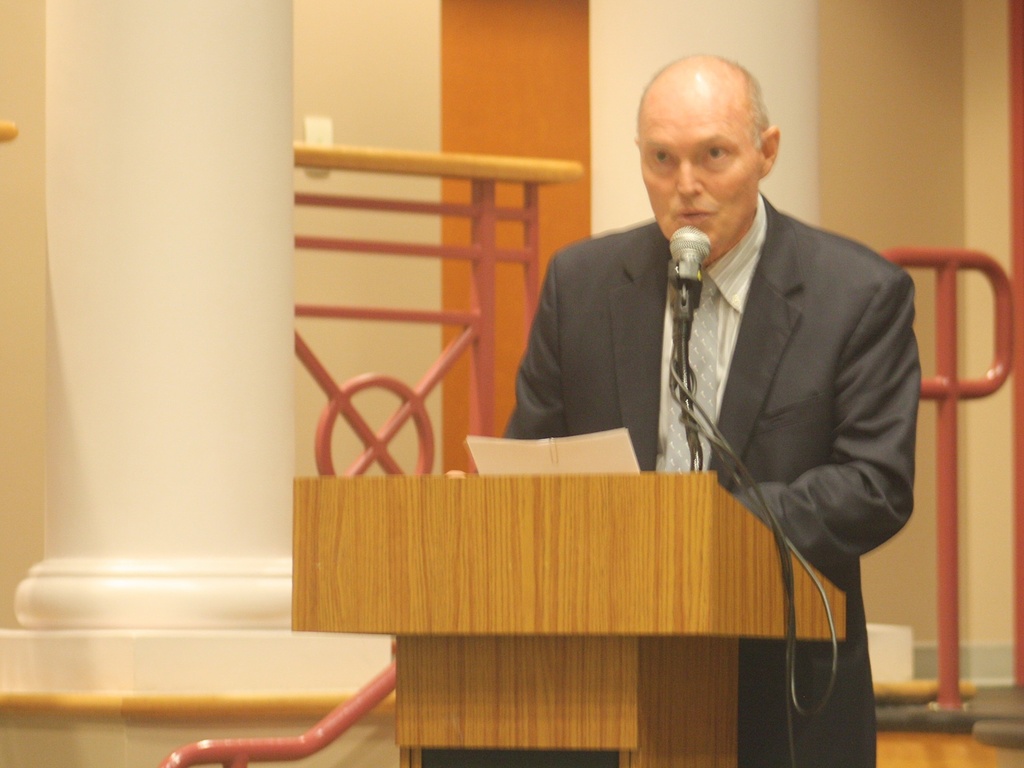
ASHLAND, Maine — Residents of SAD 32 — which consists of students from Ashland, Masardis and Garfield Plantation — approved its 2020-2021 budget in a district budget meeting on Tuesday, June 9, at Ashland District School.
The plan — which will be in effect from July 1, 2020, through June 30, 2021, was referred to by SAD 32 Superintendent Gehrig Johnson as a “status quo budget.”
Such conservatism seems to be at least partially influenced by the uncertainty created for districts by the COVID-19 pandemic.
The total budget was about $5.8 million, about $262,000 lower than the 2019-2020 budget, which Gehrig primarily attributed to a $272,000 decrease in debt service. Members of the district will not be required to pay any new taxes for the fourth year in a row.
Johnson and school board chair Brenda Clark acknowledged that it was not easy to write a new budget amid a global pandemic. They said the budget was an effort to balance the district’s financial realities with an aim to “stay competitive” with surrounding districts and find new ways to utilize technology in the classroom.
All the recommendations of the school board were approved by the registered voters who attended. The entire meeting — moderated by Ashland District School Principal Joel Hall — lasted about 20 minutes.
The most significant amount of new spending came from transportation costs, which went from $370,000 in 2019-2020 to about $404,000 this year. The district also increased spending on special education by about $20,000 since the last budget.
Ashland residents will be asked to contribute about $24,000 less in taxes for the district since last year’s budget, while Masardis and Garfield Plantation will see about $5,000 and $19,000 increases, respectively.
Johnson said it had been a strange time for his district, forced to adopt remote learning quickly and without prior warning in March. He said staff had worked diligently to navigate this new terrain, attempting to make learning online as similar to the classroom as possible.
Now that the budget has passed, Johnson said his district’s primary focus will be to ensure that students are able to return to in-person classes when school starts up in the fall.
He said that Ashland might have an advantage in this regard: they have one of the latest starts in The County, with students returning to school after Labor Day. Johnson hoped that the situation could sufficiently improve by then to not create any impediments to bringing students back to the classroom.
“Our energy and efforts are trying to get these kids back in school,” Johnson said.







